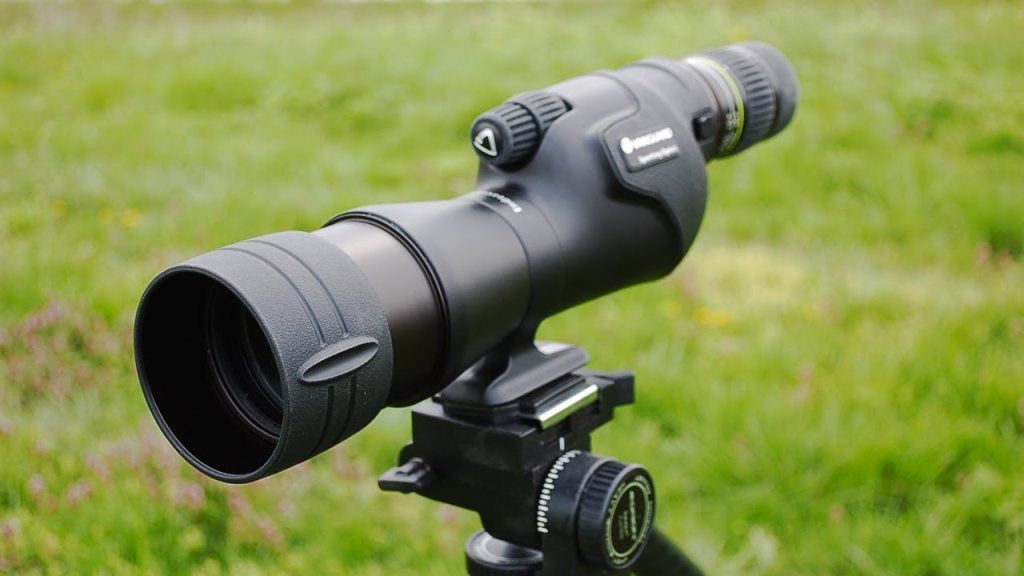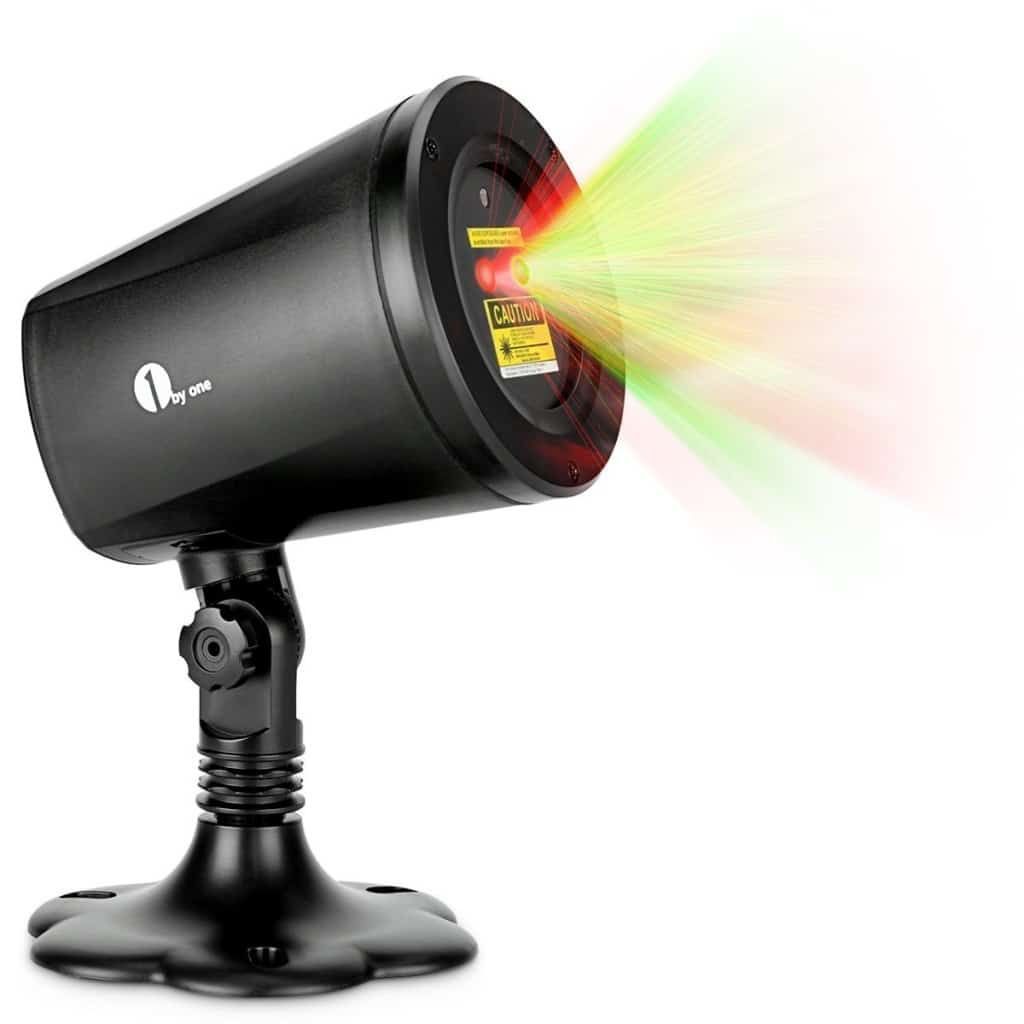In spite of variations in outward look, most standard birding scopes share a similar set of basic options,
and selecting among them typically boils right down to determining your personal preference. To take care that you are choosing the model that may work best for you, no substitute exists for active testing-either during a birding look or (far better) within the field with different birders. think about the kinds of birding you fancy most. If you propose to lug your scope over immense mudflats or up to your favorite hawk-watch, then weight could be a serious factor; if you bird principally from your automotive, this can be lower. Some scopes ar very rugged and waterproof; others (usually the less costly models) don’t seem to be. If you wish to be ready to kind through shorebirds on distant mudflats beneath any conditions, then you’ll not need to compromise on obtaining the best-quality image at the highest magnification attainable. Finally, if you wear eyeglasses, pay special attention to our ratings therein class.
Our monocled reviewers (about half) varied greatly in however their glasses sit on their faces and the way so much the lens is from the attention, thus mind that revealed values for eye relief or field of read might not indicate what you’ll truly see. Some scopes could provide bright, crisp pictures, however their poor eye relief could end in a slim tunnel read that’s unacceptable if you wear glasses.
In general, scopes with objective (front) lenses of 80mm or larger ar brighter and have a wider field of read than smaller models, however they’re conjointly sometimes longer and heavier. Most models provide a alternative of zoom or fixed-magnification eyepieces. though some birders claim that fixed-magnification (usually 22x or 30x) optical lens eyepieces give the simplest image attainable (and this could be true), I in person notice that the power to zoom to higher magnification is totally essential for birding with a scope. several of the highest models give a wonderfully crisp and bright image at 60x, and at this magnification it’s attainable to select out and determine birds that merely cannot be seen at lower magnification. And my eye cannot recognise any loss of quality at the low-magnification settings, compared with a similar fixed-magnification lense. many models conjointly are available a alternative
of ordinary versus fluorite-coated, high-density (HD), or extra-low dispersion glass (ED) lenses. beneath traditional viewing conditions and at low magnification, it’s exhausting for many individuals to inform the distinction between scopes with HD, ED, or fluorspar glass and people while not, however if you zoom to high magnification through heat waves or in dim lightweight, the additional sharpness and color resolution made by these higher-quality optics ar promptly apparent. Most scopes give a awfully smart image at low magnification, thus if you favor a set, lower-magnification lense otherwise you will tolerate the loss of crispness at higher magnification, then going with a non-HD, non-ED, or non-fluorite scope can prevent some money.
Spotting scope reviews – Yet another feature to contemplate is that the alternative of angulate or straight-through lense styles offered on several models. this can be mostly a matter of preference, however if you habitually share your scope with those that ar taller or shorter than you-which continuously happens on birding tours-the angulate models give the foremost skillfulness. On the opposite hand, if you’re the first user of your scope, you’ll notice it easier to search out birds quickly (especially in flight) with the straight-through style. Most of the physics telescopes we have a tendency to reviewed go with a 90-degree angulate lense that’s less convenient than the straight-through or 45-degree-angle views offered with standard birding scopes. If you propose to use your scope for each physics and birding, though, this feature shouldn’t be a serious downside.
In the comparative table on consecutive page, every scope was tested employing a 20x-60x camera lens or its nighest accessible equivalent. I asked reviewers to rate the image in terms of sharpness and brightness at each low and high power. The reviewers then rated the “feel” of every scope (ease of focus, zooming, and so on). lens wearers then rated the “eyeglass friendliness” of every scope-how abundant visual defect is clear once zooming; the utility of the eyecups.
Finally, I asked every reviewer to rank the scopes in every class (17 zoom scopes, six physics scopes) in terms of that model they might most or least prefer to own.


